Anthony Robbins is a world famous motivational speaker and presenter. His seminars and programs have had audiences of over 4 million globally.
Anthony inspired me back in the 1990s when I first read his book, Awaken the Giant Within. I felt at the time that he engaged with me in a way that nobody had previously done. I related to him and his experiences, I felt that I knew him, and this was purely though reading his book!
I set out to put the suggestions in his book into practice in my life and I found out that they worked, not just for me, but they worked for anyone who adopted them. To this day I still remember the eye opening revelations that I read in his book about how we create our behaviour, how to create happiness and how to make a success out of life.
As I progressed in my studies of his work, I realised that in fact the things that Anthony was talking about, the concepts, were actually nothing new. In fact Anthony was influenced greatly by NLP and he learned NLP from one of the co-developers of NLP, John Grinder. This is the thing that sparked my own interest and later specialisation in NLP.
The thing that sets Anthony Robbins apart from other presenters, other trainers and other coaches is the very thing that engaged me and millions of other people, his charisma, his likability, his empathy and the processes that he uses to motivate people and get results.
NLP teaches us how to model excellent behaviour and develop the skill set required in order to enable us to produce the same results ourselves. There is a specific way of doing this and a process to follow and we teach this in our NLP Training Courses.
As part of our NLP Master Practitioner training course our students are asked to conduct a modelling project and it is no surprise that the most popular modelling subject is in fact Anthony Robbins.
In our NLP Trainers Training we teach our students how to become a magnificent trainer and presenter and we teach in detail all of the methods that Anthony Robbins uses in order to create the relationship with his audiences and get his outstanding results. So if you want to train and present just like Anthony Robbins, then I invite you to take this life changing training with us.
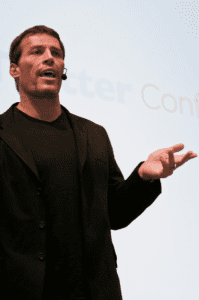 Anthony Robbins Presentation Tips
Anthony Robbins Presentation Tips
I will share with you now the basic format to an Anthony Robbins style presentation:
In his trainings and in his seminars Anthony tends to divide the time up into several different areas.
Tip 1 – Identification
The first area that Tony dedicates time to is what we call Identification. This is based on one of the primary techniques in NLP, gaining rapport. The basis of rapport is that people like people who are like them. Identification means actually identifying with the audience, gaining rapport. So Anthony will spend a lot of time on stage setting situations up where the audience is saying to themselves, “Wow. Tony is just like me, I am just like how Tony used to be.” This is how Tony gains his empathy with his audiences. He uses stories from his past and examples or metaphors so that his audiences can appreciate that he identifies with them and with their problems.
Tip 2 – True Confessions
The next thing that he spends time doing is an area that we call True Confessions. If you want an example of this you can read his book Awaken The Giant Within, there is a lot of stuff in there that gets you to identify with him and a lot of stuff about True Confessions. He says things like, “I’m a little bit embarrassed about telling you about this, but a while ago I was….” and then he spends time telling you about something from his personal relationships or his life. For example “10 months ago I was about 40 pounds heavier than I am now, I’m not proud of this but there was a certain time in my life when my weight was not under control but I really wanted to have the body that I wanted and nothing that I did worked for me….” that is a True Confession, isnt it? “This is something that I really wouldn’t want everyone to know…apart from the 3000 people here)…” but it is putting that True Confession out there and people will relate to that.
This is really around getting the audience to identify with him and think that he is “just like me”. The True Confessions are just like universal experiences, experiences that almost everyone has had, or knows about. So the true confessions that he makes about his own life are going to be things that people identify with in his audience and that set off universal experiences in the group. For example things about relationships, things about health and things about fitness, things about business, about career, family, all those kind of things. By the time that he has talked about all of these true confessions he is going to have people saying, “Wow you know that is exactly the same position that I am in now and look where he is now. I want to be there too.” This really enrols and engages people.
Tip 3 – Logic & Reason
He then spends time on logic and reason, so he will explain these experiences in a logical reasonable and rational way.
He will give you a logical rational explanation and this leads him to giving solutions. “So this is how you get this thing in your life.” As he has already built his case up based on logic and reason, the solutions make sense. And so people say to themselves, “Yes, why did I not think of that?” He with then say something like, “Well, the quality of life depends on the quality of your decisions” and then he will close.
Tip 4 – Closing – Gaining Commitment
Anthony is always closing all the way through his presentations in order to get commitment. So, all the way through he’s asking questions like, “Is this useful? Is this valuable? Is this making sense?”
By asking those questions over and over again all the way through his talk this builds commitment. What he is doing is installing compliance and because his audience is nodding and saying to themselves, “Yes this bit is useful. Yes this is valuable. Yes this is making sense” then you will have to start believing in him. Because people have agreed that it is making sense, it is valuable, it is useful and by the end of the training people will have built a very strong belief for themselves that the stuff that they have learnt over the weekend has been useful, valuable and it has made sense.
This is important because after they have left the training they will use it. They will use it because people act according to their beliefs and they will have built for themselves a very strong belief that the material is useful, is valuable, and makes sense.
The studies say that in betting before people bet less than half of them think that they are going to win after they have made the bet, more than 95% of people think that they will win. The only difference is that after they have made the bet they have committed to it. So, after Tony has gained that commitment by asking “Does that make sense? Is it valuable to you? Is it useful to you?” it instills in you a commitment to using it. Before people say it to themselves, then they might be going “Yes, that could be useful, maybe.” but after they have have said it, then just that commitment it will have their commitment rise to 95%. If he doesn’t notice that commitment, then Anthony will work the audience until he does.
I hope that you have found these insights interesting and useful. Learn more about these techniques, learn more about the methods that Anthony Robbins uses to create his model of success. Join us on an NLP Training Course today.

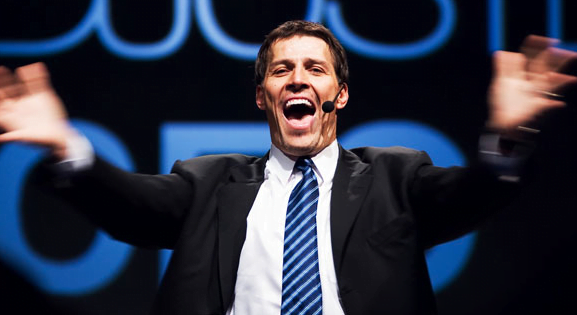
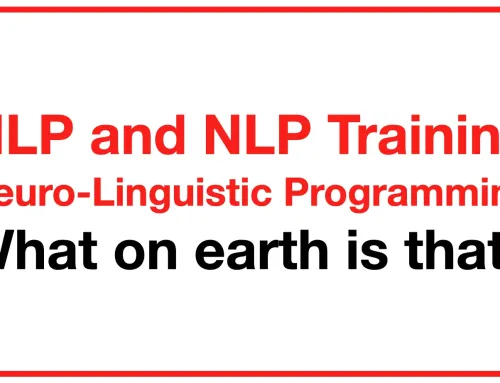
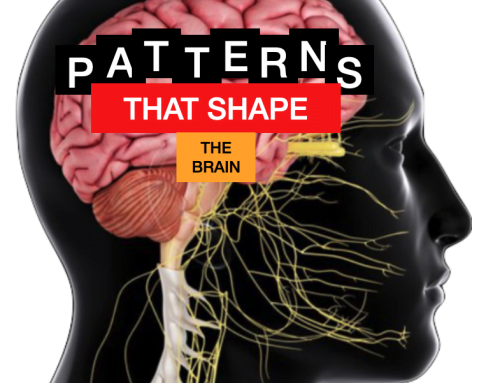
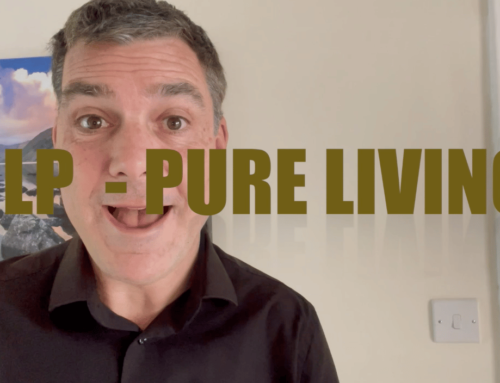
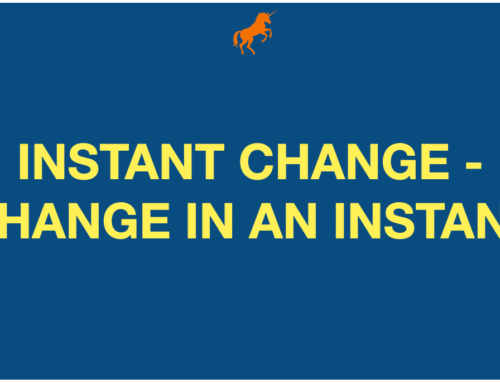

Leave A Comment